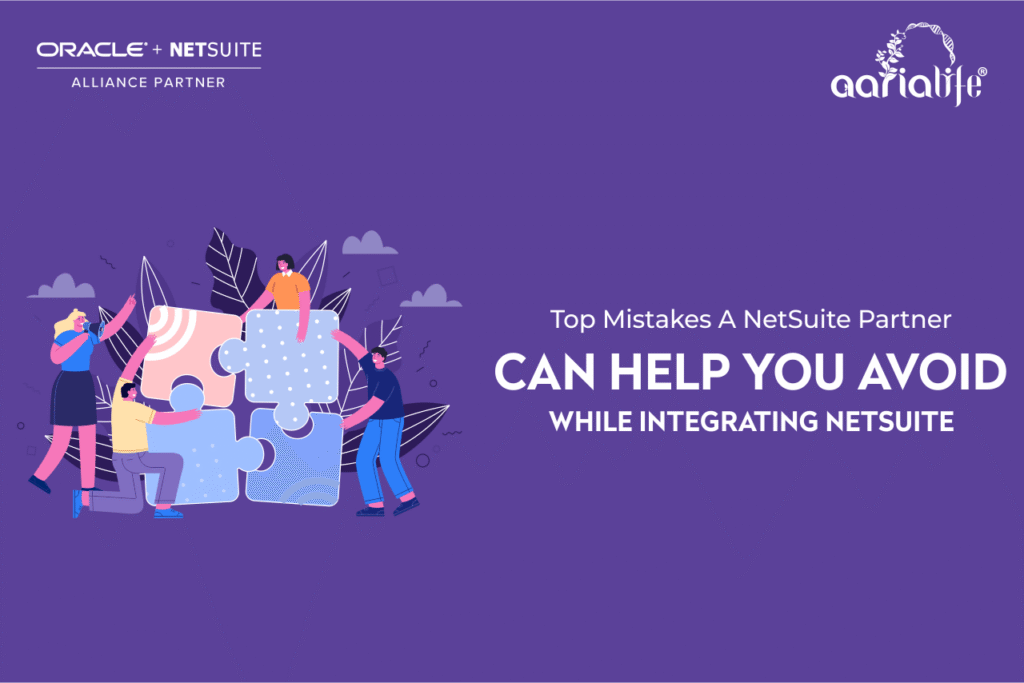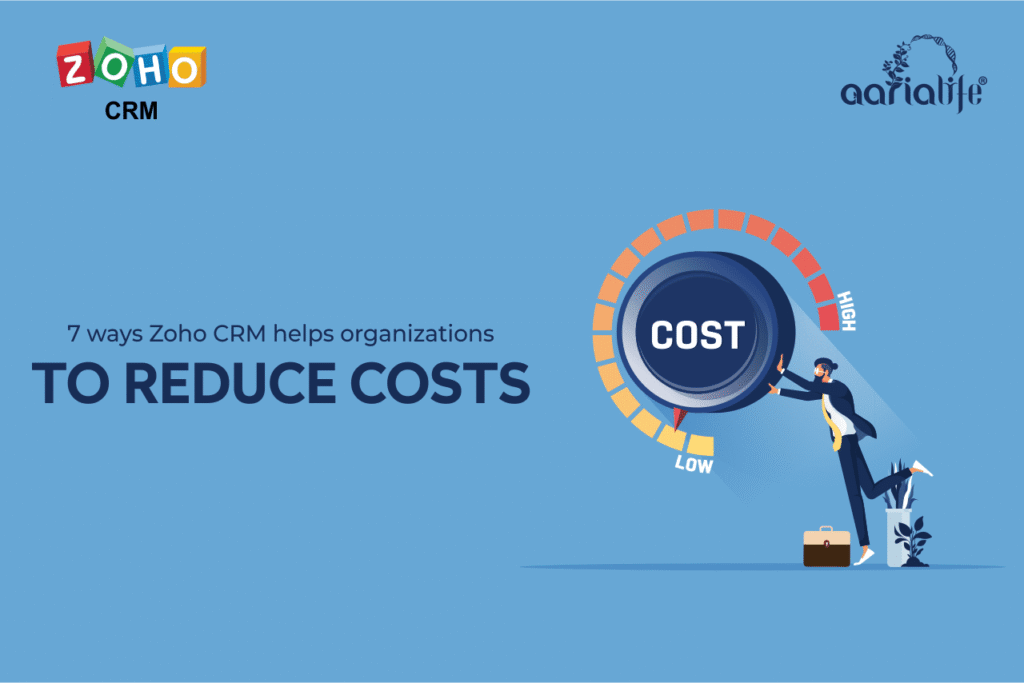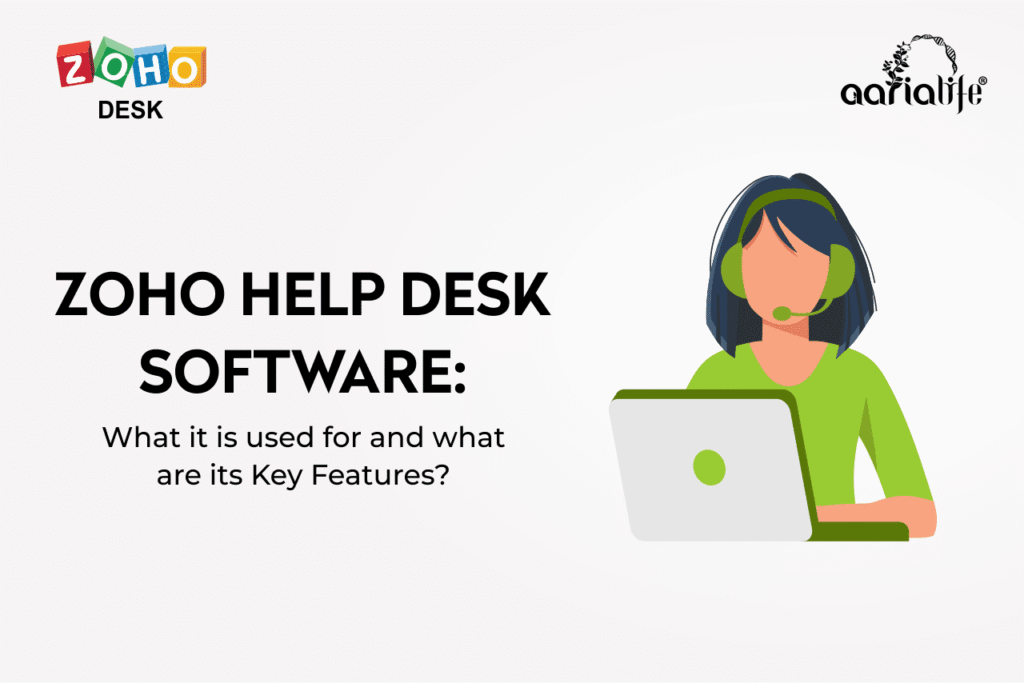ERP automation deployment is critical for enterprises because it boosts efficiency by automating business operations. ERP deployment can be a difficult operation, owing to the fact that it directly affects corporate operations and individuals in the enterprise.
ERP programs are analogous to the nervous system. It distributes critical data to multiple sites from a single location where all information is processed. The truth is that no one pays attention to the nervous system unless it is in good working order. The issue arises as it begins to fail. Taking a lead from this, when ERP execution fails, it catches everyone’s interest. Only because you have completed ERP deployment does not guarantee that it will be successful. Owing to insufficient preparation, many ERP implementations fail miserably. This is often because of the fact that the individual in charge of preparation lacked the necessary skills.
When a company is preparing for NetSuite ERP deployment, it should provide meticulous preparation. Both affected agencies and employee associations should be considered during the preparation process. It is also important to have a backup plan in place. The following are the most common errors to prevent during NetSuite ERP implementation:
Missing the “all in” budget
Everybody has a budget for a technological initiative, but it rarely includes anything that is needed for an effective implementation. Many companies have a “Get it done NOW!” mindset, which leads people to hurry through the process and set unreasonable standards of what is really required for performance.
Consider the overall benefit of the initiative, taking into account everyone’s time and expense. Be as frank with yourself as practicable over how much time you should devote to your resources. If you want the team to provide you 50% of their time but just get 25%, you will face some significant delays.
To stop this, be mindful about, and truthful about, the company’s past. If your SI is nice, they can ask detailed questions before the start of the project to ensure that you are on the same page in terms of tools, skill sets, and budget. They will assist you in developing a “all-in” budget that includes any aspect of the implementation as well as what is practical for running and managing the technology after the go-live.
Avoiding change
Avoiding change can take many forms, but one of the most common is customization. I’ve seen businesses want to minimize transition so much that they require a lot of customization options of the new product, only to find themselves customized straight back into the limitations of their legacy processes by the end. Since change is unavoidable, instruct the team to crawl, walk, and then sprint through each stage of the project so that they can transition and make the most use of the latest technologies.
Often, don’t implement change very late in the game: change gets more costly as the project progresses. If you need to make a shift in your project, don’t put it off. Bring it up to your SI as quickly as possible; there will also be charges, but they will be lower than if you delay until later.
Migrating and integrating everything
Be completely frank about which details you really need. Your first reaction may be to move over everything. However, once you consider what you currently want, the truth can be a fraction of that. Some data is barely used after it has been transferred, but being truthful about what is currently required would save a ton of project/service effort and provide you with much significant value.
When it refers to integrations, consider what you want now and what you will need in the coming years. If you plan to change things in the future, don’t waste time and resources combining it with a method that would be discarded anyway. Examine the roadmap carefully and challenge the teams to avoid squandering time. Also, be selective about what you integrate; businesses that want to connect all don’t gain much from incorporating older resources. They may have been better off keeping access to those resources rather than wasting money doing a lot of hard lifting on an introduction that isn’t really useful.
Minimizing how important people are
This applies to both the team and the participants on your SI team. Take a close look at their deep technological expertise, but don’t overlook their culture. If you have cultural differences, you can find that they pose more problems than you know. Furthermore, the SI’s sales and distribution departments should feel aligned; if the sales representatives sound very distinct from the delivery people (or if the salesman would not allow you to speak with the delivery people), that’s a red flag. However, if the SI approaches itself with a single objective and appears to collaborate, then alignment is likely to occur during their relationship with you.
Don’t put off engaging end users to the last minute on your squad. Involvement of field teams or store teams is needed for technology deployment. They should appreciate what you’re attempting to accomplish and why, and they should be able to get feedback. If you don’t, you hazard producing something that doesn’t really support the job, obligations, or desires of the people who will use it. If you expect IT to be self-sufficient a month after go-live, but they aren’t interested until the last 30 days, the whole project is jeopardized (even with the best implementation).
Take full advantage of the excellent training offered by NetSuite. They take the right approach to educating staff prior to the launch of the project, and they have decent license costing and pricing; they offer two built-in releases every year, so there are no unexpected license cost spikes.
How Proper NetSuite Integration Can Benefit Your Business
Because of the following reasons, NetSuite is the first approach to offer a promise of informed, optimized, and simplified applications for increasing the medium sized business:
Efficiency in the process across the organization
Inventory control, delivery, billing, payment processing, expense permits, and fiscal consolidations are only a handful of the main procedures found in everyday activities. By automating those procedures, you would be able to reduce the amount of recruiting that would otherwise be required to operate these processes, while increasing team motivation.
Improves visibility
It is important to provide real-time visibility when making decisions. As a result, information can be obtained from anywhere and at any time, without spending money on data extraction. This has improved the accuracy and speed of all operations.
Significant IT Time and Cost Savings
Because of the multiple integrations, IT would no longer need to purchase, mount, and manage a large number of systems. Reduced operating expenses can be understood as IT time is used to improve the business’s activities.
Accelerated growth
Through the aid of this integrated program, there will be an extension to several locations as well as new distribution platforms, which can be completed more quickly due to the streamlined order and accounting management systems and records. It also aids the organization in upselling and cross-selling to potential clients for increased productivity and exposure.
User-driven innovation
When the process evolves, deployments become easier, and everyday business customers may use their technical skills to tailor the systems and technologies to further improve performance. Meanwhile, IT will be free to concentrate on strategic projects that will add value by developing new value-added solutions.
Including consumers, vendors, and stakeholders in the chain
Today, everybody needs to collaborate directly with their expanded enterprise partner. It provides self-service hubs to improve both B2B and B2C communication. Proactive alerts of partner-specific incidents will accelerate workflow times and increase responsiveness, ensuring your status as a chosen partner.
Factors To Consider While Choosing A NetSuite Partner
How would you know who is the best NetSuite deployment partner for you after you’ve decided you need one? Below are 5 points to think about when selecting the right Netsuite implementation partner for your company:
Search for a NetSuite Consultant with a Proven Reputation
It’s one thing to study a business’s marketing campaigns; it’s quite another to speak with actual clients. References must provide useful information about their previous work with the prospective firm.
Questions to ask a reference:
- How did you come across this company?
- How long have you been collaborating with them?
- Can you send me an example of a challenge you had with this business and how they fixed it?
- Did they put the same amount of time into fixing a problem as they did in selling you?
The willingness of the reference to be frank and share their insights in difficult times will give you an invaluable acumen into how the organization addresses problems that will eventually occur.
Industry Experience is a Plus
An organization might have a decent overall reputation but not be the most qualified for the services you need. Make a list of their particular skill sets, how long they’ve been in business, expertise with your field, and whether or not they’ve dealt with goods in your industry. In particular, if your NetSuite consultant understands the market, they would be best suited to carry your company and solution to another level.
Inquire About their Pricing Strategy
NetSuite partners charge for their services in a variety of respects, the most popular of which are “fixed-bid” and “time and materials.”
Fixed-Bid: In a fixed-bid strategy, the sides would agree to what is “in-scope.” The specifications of the organization seeking the services determine the scale of the project. After identifying the scope, each group will decide what they believe is the right “value” (price) for that scope.
Time and Materials: The implementation partner will also define scope for this strategy. Instead of a single fixed dollar figure, they have a target set. This selection allows both the client and the partner to respond to improvements that will undoubtedly emerge during the implementation phase.
Does their Methodology Vibe with the Cloud?
Does the NetSuite solution provider’s technique and strategy fit with how cloud applications are built and delivered? An agile methodology is directly aligned with applications that are quickly and continuously created while being distributed in real-time in a service model. Waterfall methodologies, for example, do not resolve the need to adapt when minimizing project risk.
Skills to be flexible
Of course, it is essential that the NetSuite consultant understands and translates implementation standards and best practices. However, if the NetSuite consultancy team lacks the ability to create custom apps on the site, you may be operating with the incorrect team. NetSuite, unlike conventional applications, is part SaaS (software as a service) and part PaaS (platform as a service), which means you are underdeveloped if you do not use the whole platform to reach the ever-changing environment.
Conclusion
All of the main failures in integrating NetSuite applications that we have discussed so far illustrate how such deployment previously went wrong for many companies. When you introduce NetSuite, you are literally giving your company a full facelift, and these errors do not impede your chances of achieving higher results. So, to ensure a smooth NetSuite integration process, contact us at Aarialife. We’re professional NetSuite implementation partners, who will ensure your company is able to reap maximum benefits from the CRM platform.



